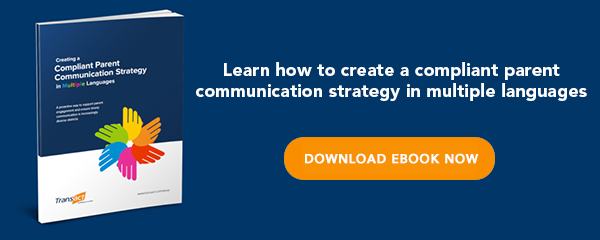Education Week recently published an article about the increased rigor in the new English Language Proficiency (ELP) test (assessment) ACCESS 2.0. ACCESS 2.0 is the ELP test made available through the WIDA consortium. According to the EdWeek article, and several other articles that have been published on this topic, significantly fewer English Learners (ELs) tested proficient in English on ACCESS 2.0 in comparison to previous years when the previous version of this test was used.
Fewer ELs testing proficient has a significant impact on schools and school districts. It means that in the coming school year, there may be an increase in the EL population because similar numbers of ELs may be entering the system this year, but fewer from the previous year may be exiting. There may be a need for more EL teachers and more resources to serve a potentially greater number of students identified as ELs. In the existing environment of shrinking budgets, the need for increased resources to address an increase in the number of ELs has raised major concerns across the country.
The Impact of Adopting More Rigorous Common Academic Content Standards
When States adopted more rigorous or challenging common academic content standards (the politically hot topic of the Common Core State Standards), it raised the bar on the academic language that students need to know. The Elementary and Secondary Education Act (ESEA) as amended by the Every Student Succeeds Act (ESSA), (as well as its predecessor, the No Child Left Behind Act) requires that States adopt both academic content standards and English language proficiency (ELP) standards. Because ESEA/ESSA requires that these two sets of standards must also be aligned, or correlated, the increased rigor in the content standards has resulted in the need for more rigor in the ELP standards.
The increased rigor in the ELP standards has resulted in a more challenging ELP test because the ELP test is based on the ELP standards. If an EL student tests proficient on an ELP test that is based on ELP standards that are aligned with more rigorous content standards, then the student should be able to be successful in a classroom without EL supports where content instruction is based on those more rigorous academic content standards. Thus, because the academic language required by the content standards is more challenging, then ELP standards must correspondingly be more challenging. The overall result is a more challenging ELP test and, for at least this first year of testing on ACCESS 2.0, fewer ELs testing proficient.
The EdWeek article mentioned earlier quotes Magda Chia from Stanford University’s Understanding Language initiative. She reports that it is easy to blame the test or the test scores for fewer ELs testing proficient, but the scores aren’t invalid just because the test is more challenging. She says that this means we are demanding more of the students, which she sees as a good thing.
Whether you think it is a good thing or not, if you are an educator in a WIDA state, expect more ELs in your EL programs than in previous years.
If you have any questions, or for more information about TransACT’s Parent Notices and other products, please contact us at 425.977.2100, Option 3 or email at support@transact.com.




